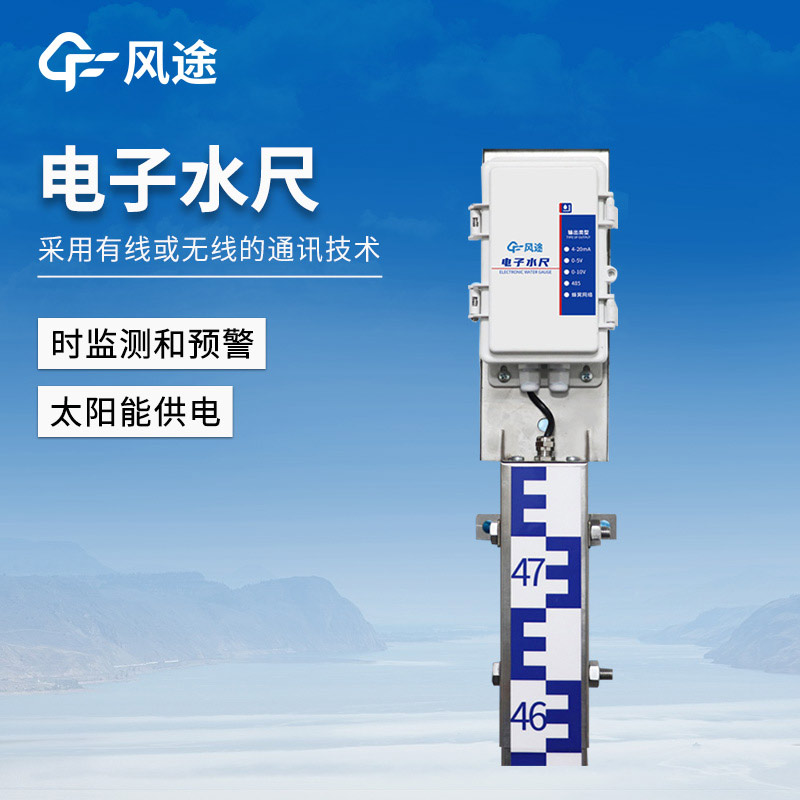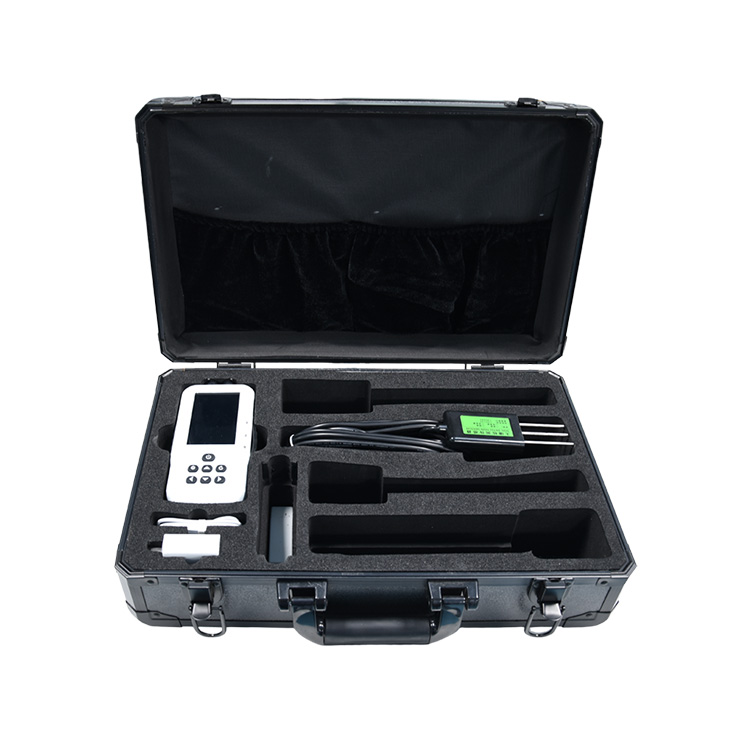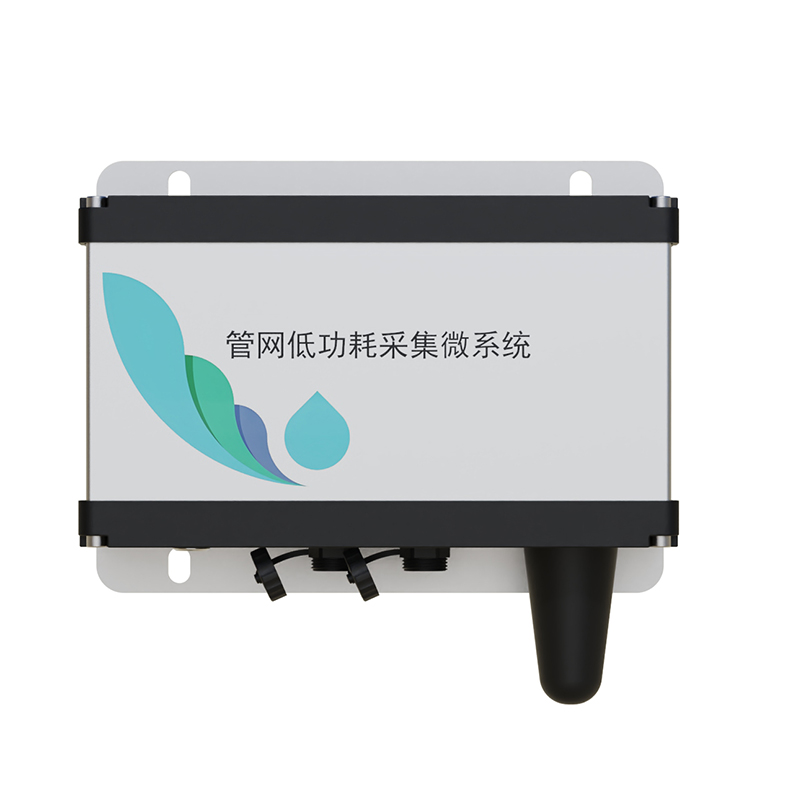A Water Level Gauge is an advanced water level measurement device that can accurately measure changes in water level and remotely transmit these critical data via a 4G network to achieve real-time monitoring of water level conditions.
Using electronic sensing technology, the Water Level Gauge can measure water level changes in real time and with high precision, automatically converting water level data into electrical signals. This technology enables the Water Level Gauge to remain unaffected by environmental factors such as sludge and pollutants, ensuring stable acquisition of water level information. The integration of 4G communication technology further facilitates remote data transmission. Through the 4G network, water level data collected by the Water Level Gauge can be quickly and stably transmitted to the monitoring platform, enabling remote real-time monitoring. Compared with traditional transmission methods, 4G offers faster transmission speeds and a wider coverage range, enhancing the timeliness and reliability of data transmission.
On the one hand, it achieves 24-hour automated monitoring, eliminating the need for frequent manual inspections and reducing labor costs and safety risks. On the other hand, when the water level reaches a preset threshold, the system can immediately trigger a relay alarm and send a warning message to the management platform via the 4G network, achieving second-level response and gaining precious time for flood control and disaster prevention. Users can also view real-time monitoring screens and historical records anytime, anywhere via computer or mobile phone, and generate data reports to assist in decision-making, which is very convenient.
In practical applications, the Water Level Gauge 4G remote monitoring system is widely used in scenarios such as water conservancy hubs, urban drainage networks, and reservoirs. In water conservancy hubs, it can real-time monitor the water level difference between upstream and downstream, providing accurate data for hydropower generation scheduling and ensuring power generation efficiency and equipment safety. In urban drainage network monitoring, by monitoring the water level in underground pipelines, potential problems such as poor drainage can be detected in advance, allowing timely dredging operations to avoid urban waterlogging.

This paper addresses:https://www.fengtusz.com/industry/762.html









